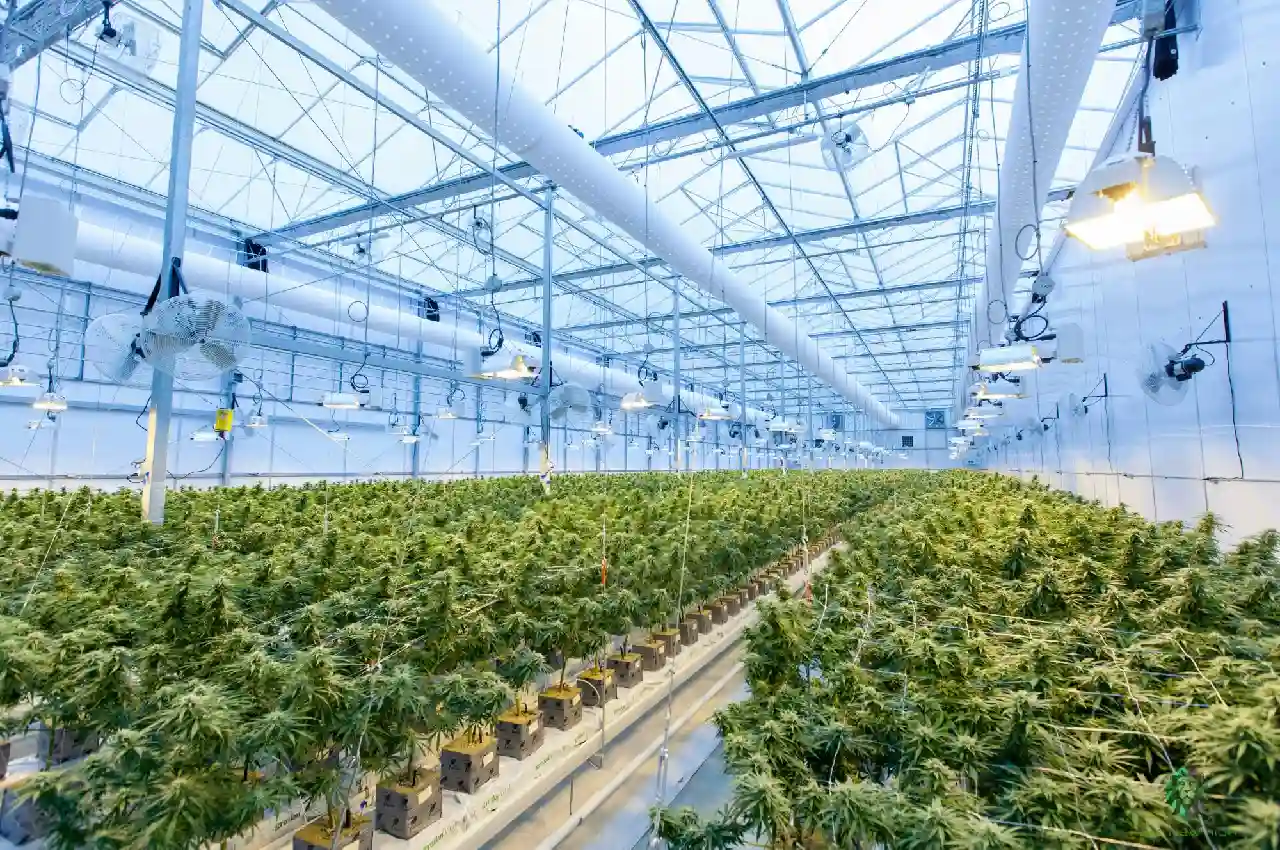Tech
From Barns to Greenhouses: Innovations in Farm Lighting Technology

In the realm of agriculture, change is constant and inevitable. The move from barns to greenhouses highlights this dynamic shift. But what drives this change?
The answer lies in the innovative leap in farm lighting technology. This progress is not just about illumination. It’s about fostering sustainable farming practices.
Modern farm lighting solutions offer more than just light. They enhance plant growth, reduce energy consumption, and increase yields. This blog examines how new advances are reshaping success criteria in agriculture.
The focus is on sustainability and efficiency. Join us as we shed light on the future of farming.
The Evolution of Farm Lighting Technology
For centuries, farmers have relied on natural sunlight to cultivate crops. This traditional approach had its limits, such as:
- seasonal changes
- unpredictable weather patterns
Electricity arrived in the late 19th century, lighting up barns with incandescent bulbs. It extended working hours and boosted productivity.
Yet, these light sources were not energy-efficient. It often resulted in high electricity bills.
As the world grew more eco-conscious, there was a push for sustainable farming solutions. It led to the development of LED (light-emitting diode) lights designed for farm use.
LED lights consume less energy, produce less heat, and have a longer lifespan. Over time, farmers started transitioning to LED lights
The Benefits of Greenhouse Farming
Greenhouses provide controlled environments. It allows farmers to grow crops all year round regardless of external factors such as:
- weather
- pests
It has revolutionized the agricultural industry by increasing productivity and reducing risks. But what role does lighting technology play in this success?
LED lights are energy-efficient and produce less heat. Farmers can use them for extended periods, avoiding high electricity bills. It also prevents crop damage from excessive heat.
LED lights emit specific wavelengths of light. It caters to different stages of plant growth. This targeted approach leads to healthier and faster-growing plants.
LED lights emit less heat. It reduces the need for expensive cooling systems in greenhouses.
Sustainable Farming Practices
The use of innovative lighting tech benefits farmers financially. It also contributes to sustainable farming practices.
By using energy-efficient LED lights, farmers can reduce their carbon footprint. They can also preserve natural resources.
It is crucial today as climate change and environmental degradation threaten our planet. Growing crops in controlled environments reduces the need for harmful pesticides and herbicides.
It leads to healthier produce and contributes to the well-being of society. Sustainable farming practices benefit farmers. It has a positive impact on consumers and the environment as a whole.
The Future of Farm Lighting
Advances in farm lighting boost sustainable agriculture. Ongoing research promises innovative, efficient solutions. These enhance plant growth and cut energy use.
Not just for greenhouses, they improve traditional farming. Agriculture electrical services play a key role in this progress. It leads to greater productivity and sustainability industry-wide.
Learn About the Innovations in Farm Lighting Technology
The revolution in farm lighting marks a new era in agriculture. Greenhouse innovation enhances food production sustainability. This technology ensures crops grow.
Farm lighting cuts down on energy use and costs. It embodies the future of eco-friendly farming practices. Every advancement in greenhouse innovation brings us closer to sustainability.
Thus, lighting technology is pivotal for the agricultural sector. It boosts yields and nurtures the planet.
Did you find this article helpful? If so, check out the rest of our site for more informative content.
Having completed my education in English, I’ve cultivated a successful career as a content writer. My tenure includes valued collaborations with distinguished professional organizations, reflecting my commitment to producing high-quality content.
Contact me on this mail: [email protected]










